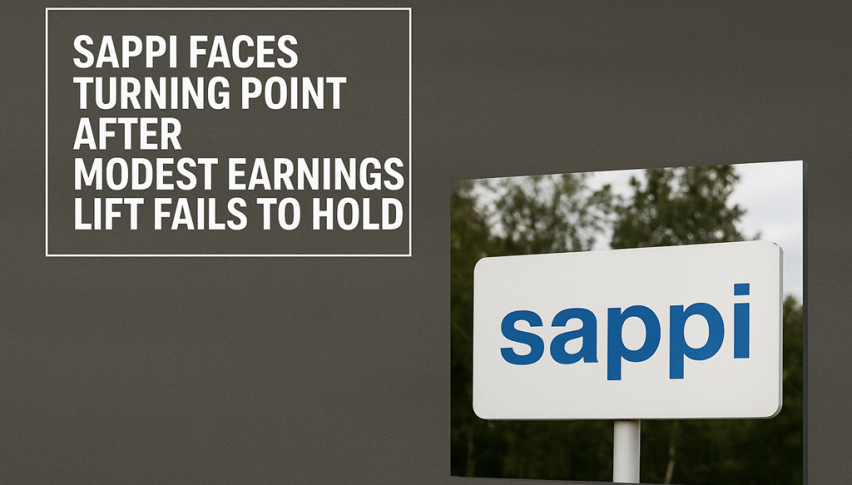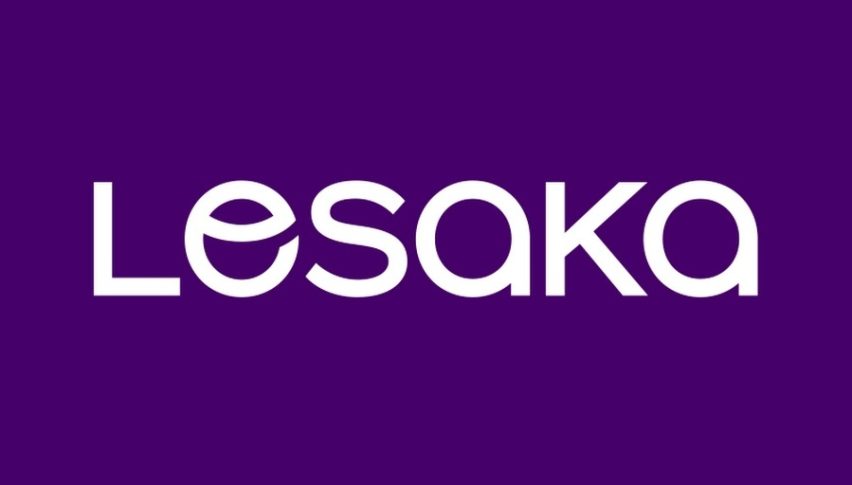South African Rand Forecast: USD/ZAR Heads Under R17 As Buyers Fail on Positive Fundamentals
The South African rand rebounded firmly in October, buoyed by policy stability, improving trade sentiment, and stronger global risk appetite

Quick overview
- The South African rand rebounded in October due to policy stability and improving trade sentiment.
- Investor optimism and a softer U.S. dollar helped the rand regain traction after a volatile start.
- South Africa's removal from the FATF 'grey list' and strong commodity performance have boosted the rand's outlook.
- Record foreign exchange reserves enhance South Africa's ability to manage external shocks and support long-term stability.
The South African rand rebounded firmly in October, buoyed by policy stability, improving trade sentiment, and stronger global risk appetite.
Rand Steadies After a Volatile Start
After a brief pullback that sent USD/ZAR to R17.58 early last week, the South African rand regained traction, supported by renewed investor optimism and a softer U.S. dollar. Following weeks of turbulence fueled by tariff headlines and profit-taking, the rand has reestablished its footing — maintaining one of the strongest performances among emerging-market currencies this quarter.
USD/ZAR Chart Daily – The 100 SMA Provided Resistance
Despite the dollar’s temporary lift after the Federal Reserve’s “hawkish rate cut,” the rand’s broader momentum remained intact. Moving averages continue to cap upside pressure on USD/ZAR, signaling that sellers remain in control and the market bias favors further rand appreciation toward the R17 level.
USD/ZAR Chart Weekly – The 200 SMA Provided Resistance Here
Market and Trade Factors Reinforce Momentum
Improved diplomatic tone between Washington and Beijing — including tariff rollbacks and eased export restrictions — helped restore confidence across global emerging markets. The rand benefited directly, reversing earlier losses as investors embraced risk again.
At home, the South African Reserve Bank (SARB) kept interest rates steady at 7.5%, reinforcing confidence in its measured policy approach. The central bank’s credibility, combined with a stable inflation outlook, continues to attract steady capital inflows and strengthen macroeconomic stability.
Structural and Trade Developments Boost Outlook
Investor sentiment received a major lift when South Africa was officially removed from the Financial Action Task Force (FATF) “grey list,” a move expected to lower funding costs and attract new foreign investment. Optimism also surged around the possible renewal of the African Growth and Opportunity Act (AGOA), ensuring continued preferential access for South African goods to U.S. markets.
These trade tailwinds, paired with a rebound in key export commodities, have strengthened the rand’s outlook heading into 2025.
Commodities and Domestic Growth Add Support
South Africa’s currency remains closely tied to commodity performance, especially gold. After gold’s brief correction below $3,900, renewed demand pushed it back near $4,000, lifting the rand alongside broader mining-related inflows.
Meanwhile, domestic fundamentals show resilience — GDP growth has hit a two-year high, inflation has eased to 3.3%, and industrial production continues to expand. These factors point to a gradual but stable recovery in underlying economic strength.
Record Reserves Cement Long-Term Stability
Foreign exchange reserves reached a record $71.55 billion in October, reflecting stronger gold holdings and foreign assets. This robust buffer improves South Africa’s ability to manage external shocks, reinforcing investor confidence in the rand’s long-term stability.
Conclusion: A Firm Foundation for Further Gains
With steady policy direction, improved trade relations, and resilient domestic data, the rand appears poised for continued strength. As global conditions stabilize and South Africa’s reforms take hold, the currency’s foundation for 2025 looks increasingly solid — setting the stage for a sustained move below the R17 mark.
- Check out our free forex signals
- Follow the top economic events on FX Leaders economic calendar
- Trade better, discover more Forex Trading Strategies
- Open a FREE Trading Account




